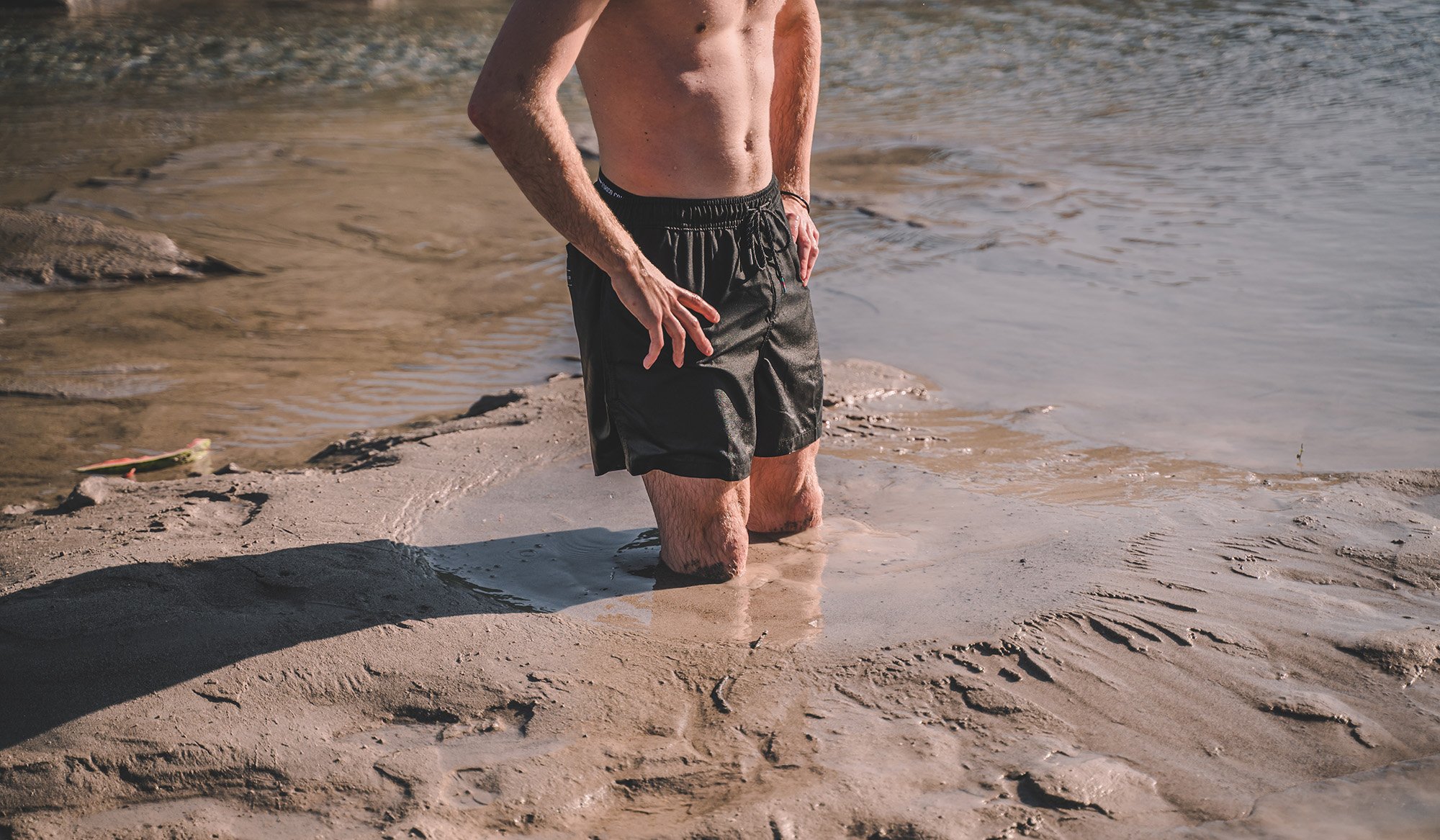Quicksand has captured the imagination of many, often depicted in movies and stories as a perilous trap that can swallow a person whole. This captivating narrative has led to widespread misconceptions about quicksand's behavior and the dangers it poses. Surprisingly, science reveals that the reality of quicksand is far less dramatic than the fearsome tales suggest.
One of the most prevalent myths is that a person can completely sink into quicksand. In fact, due to the unique properties of quicksand, it is physically impossible for a human to fully submerge. This understanding stems from various studies that detail how quicksand functions and the physics behind it.
As we delve deeper into the fascinating world of quicksand, we will uncover the truth about its composition, how it behaves under pressure, and the real dangers associated with it. By dispelling myths and providing factual insights, we aim to equip you with a better understanding of quicksand and how to react if you ever find yourself near it.
Table of Contents
- What Is Quicksand?
- Physical Properties of Quicksand
- Common Myths About Quicksand
- Dangers Associated with Quicksand
- How to Escape Quicksand
- Conclusion
What Is Quicksand?
Quicksand is a mixture of sand, clay, and water that can behave like a liquid when disturbed. When pressure is applied, the solid particles of sand and clay can lose their structure and flow, creating a liquefied state. This phenomenon makes quicksand a fascinating subject of study within the realms of physics and geology.
According to the Australian Academy of Science, natural quicksand forms in some environments where sand and water coexist. When left undisturbed, quicksand can become more viscous, but any sudden pressure can cause it to liquefy instantly. This unique behavior is what makes quicksand both intriguing and misunderstood.
Physical Properties of Quicksand
The density of quicksand is generally around 2 g/ml. In contrast, the average human density is roughly half of this. This difference in density is crucial because it explains why people cannot fully sink in quicksand; instead, they will only submerge partially. This is a key fact that debunks many of the myths surrounding quicksand.
When someone steps into quicksand, the pressure from their weight causes the mixture to liquefy. This process creates a suction effect, making it difficult to escape. Studies have shown that the higher the stress applied, the more liquid the quicksand becomes, further complicating any attempts to free oneself.
Common Myths About Quicksand
One of the biggest myths is that quicksand can swallow a person whole. In reality, quicksand cannot submerge individuals entirely due to the buoyancy provided by its density. Another misconception is that struggling or moving will help a person escape; however, this can often lead to sinking deeper.
Instead of panicking, experts suggest that remaining calm and understanding the properties of quicksand is crucial. This knowledge can alter one’s response to the situation, potentially leading to a safer outcome.
Dangers Associated with Quicksand
While quicksand itself may not pose the dramatic threat often portrayed in films, it can present very real dangers. One potential risk is becoming trapped in a location where tides can rise, leading to drowning. This highlights the importance of being aware of the environment when near quicksand.
Other dangers include exposure to the elements, hypothermia, or dehydration if someone is stuck for an extended period. It is essential to take precautions and understand the environments where quicksand is likely to occur, such as riverbanks or marshes.
How to Escape Quicksand
If someone finds themselves stuck in quicksand, the recommended method of escape is to remain calm and try to wriggle your legs. This motion can create space, allowing water to flow back into the mixture and help loosen the sand. Slowly moving one leg at a time is key to gaining stability and eventually freeing oneself.
Additionally, it’s advised to avoid sudden movements that might increase the pressure on the quicksand. Instead, focusing on gradual and controlled actions can help facilitate escape without sinking further.
Conclusion
Understanding the science behind quicksand dispels many of the myths that surround it. While quicksand can pose certain risks, knowledge and a calm approach can significantly increase safety in such situations. By learning about quicksand’s properties and appropriate responses, individuals can navigate these challenging environments with confidence.

(Source: EuroPhysicsNews)
- Anton Lavey Daughter
- Daniel Jack Neeson
- Massey Park California
- Preet Jatti
- Simon Cowell Son Disability
- Aaron Pierre
- Patrick Flueger Relationship
- Is David Jason Muir Married
- Kim Hye Yoon Husband
- Oprah Diddy Connection




